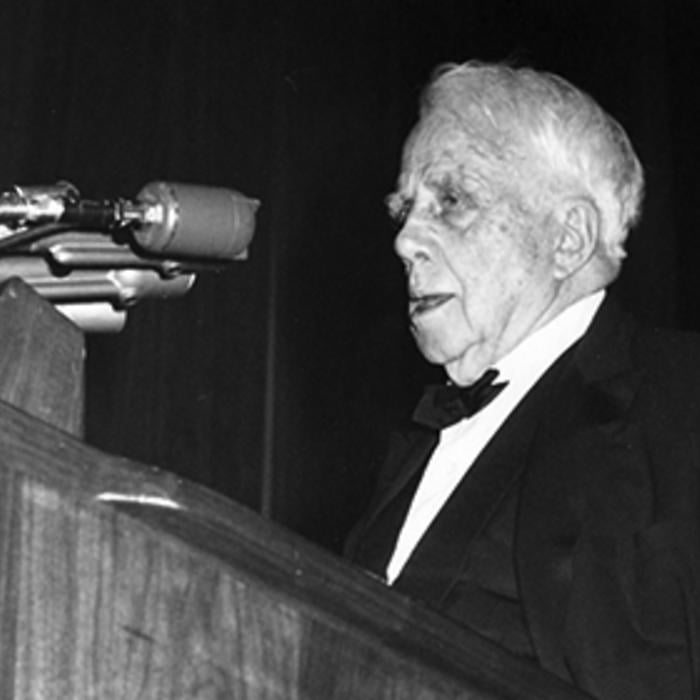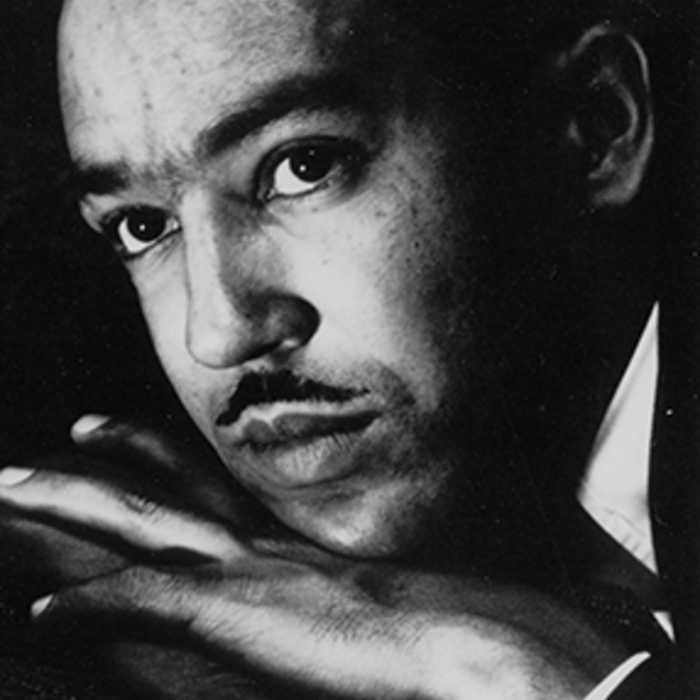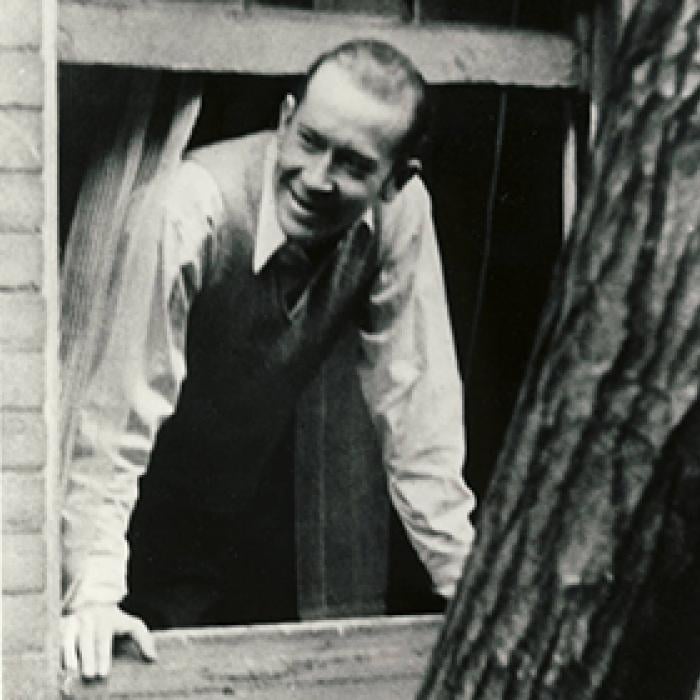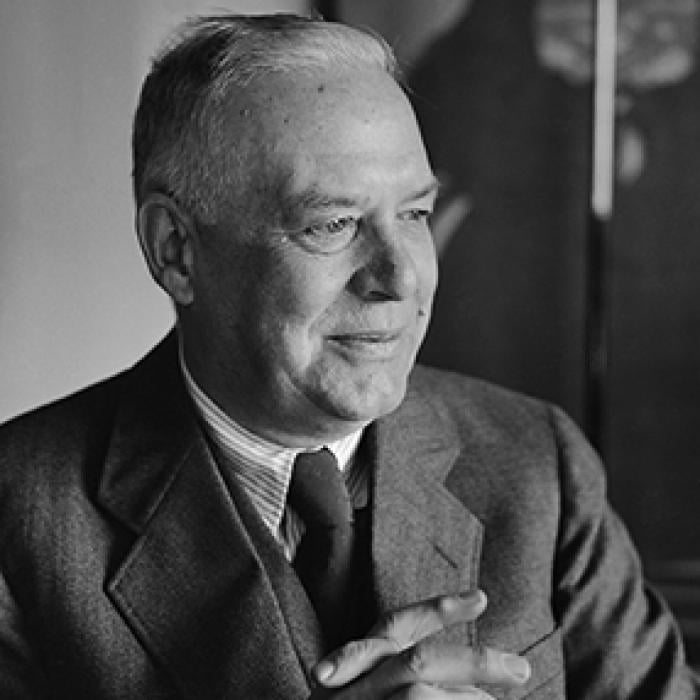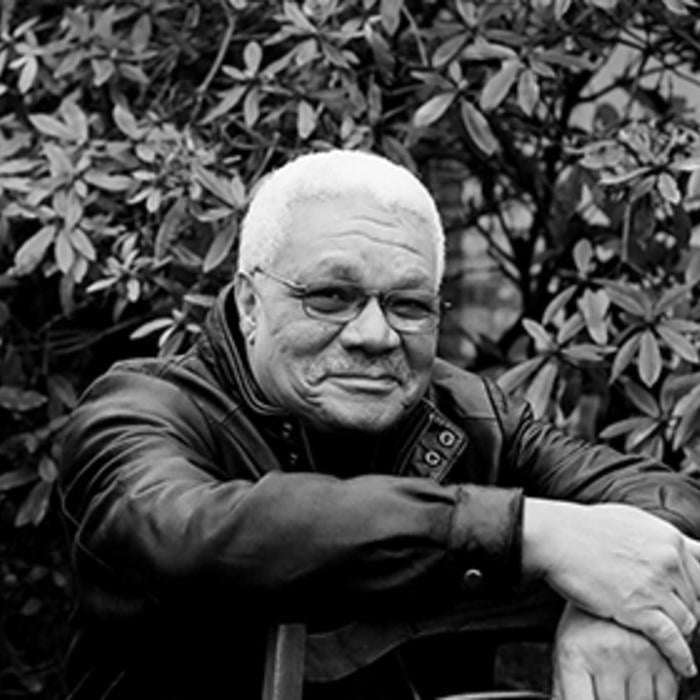Mina Loy
Mina Loy was born in London on December 27, 1882. She studied art in England and Germany and achieved some success as a painter; her paintings were included in the prestigious 1905 Salon d’Automne show in Paris. After several years in the heart of Parisian literary and arts society, Loy moved to Florence, where she spent time with the Futurists and with expatriate artists and writers, including Gertrude Stein. Loy began publishing poetry in magazines during this period. When World War I began, she served as a volunteer nurse in a hospital before moving to the United States in 1916.
Loy became a part of the avant-garde movement in New York City. She was recognized for her feminism and her modern verse. Her poems, especially her wartime work, often dealt with sex. However, her poetry also disturbed a few of her more conservative contemporaries. Marianne Moore found herself uneasy in Loy’s company, and Amy Lowell was so incensed by the publication of Loy’s “Love Songs” in Others magazine that she refused to submit any more work to the periodical. Conrad Aiken encouraged readers to “pass lightly over the . . . tentacular quiverings of Mina Loy,” and John Collier cited Loy’s verse as an example of “the need for objective standards.” Still, Loy had many admirers, among them William Carlos Williams, Marcel Duchamp, and the members of the New York Dada group, including the Swiss poet and boxer Arthur Cravan, whom she married in 1918.
In 1921, Ezra Pound wrote to Marianne Moore: “Is there anyone in America except you, Bill [William Carlos Williams], and Mina Loy who can write anything of interest in verse?” However, for decades, Loy was virtually invisible alongside many of her fellow Modernists. While she makes colorful appearances in the biographies of many other writers and artists, including those of Moore, Stein, Djuna Barnes, Marcel Duchamp, Ernest Hemingway, and James Joyce, Loy had no biography of her own until 1996, when Becoming Modern: The Life of Mina Loy by Carolyn Burke (Farrar, Straus & Giroux, 1996) was released along with a new edition of her poems, The Lost Lunar Baedeker.
In 1923, Loy returned to Paris, where she published Lunar, Baedecker (Contact Publishing, 1923). After this poetry collection, she turned her attention to visual arts and prose. Loy has been labeled a Futurist, Dadaist, Surrealist, feminist, conceptualist, Modernist, and Postmodernist. Experimenting with media in her artwork, she moved from oil to ink by World War I, then lighting fixtures in the late 1920s, and finally to sculptures featuring items collected from the streets and garbage cans of Manhattan. She allied herself with her visual art more than her writing, claiming at the end of her life that she “never was a poet.”
Loy became reclusive in her later years, and lacked any interest in building a reputation for herself. Loy died on September 25, 1966 in Aspen, Colorado, leaving behind an unfinished biography of Isadora Duncan and an unpublished collection of poems she had written during the 1940s.

